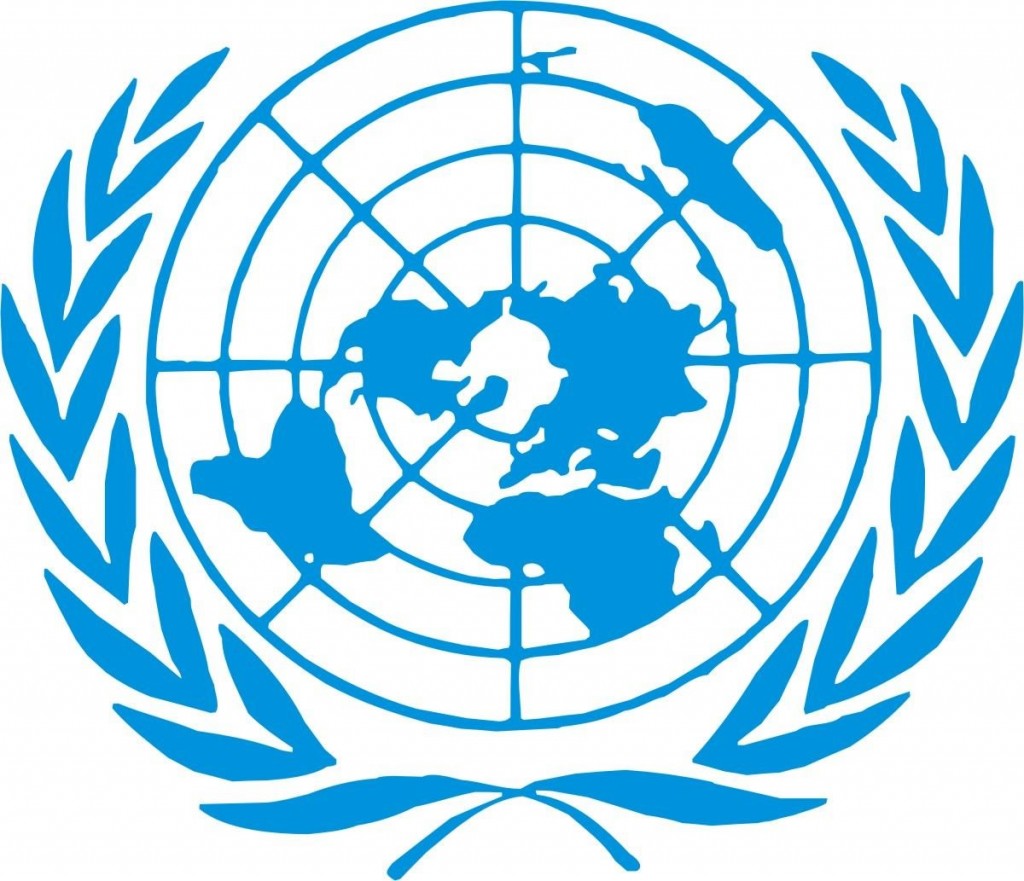Report of the Working Group on Enforced or Involuntary Disappearances on its mission to Sri Lanka 9 to 18 November 2015, Geneva, July 8, 2016
Involuntary Disappearances on its mission to Sri Lanka 9 to 18 November 2015, Geneva, July 8, 2016
Report of WGEID on mission to Sri Lanka_A-HRC-33-51-Add.2
Introduction
…
6. Enforced disappearances have been used in a massive and systematic way in Sri Lanka for many decades to suppress political dissent, counter-terrorist activities or in the internal armed conflict. Given the context in which they occurred, many enforced disappearances could be considered as war crimes or crimes against humanity if addressed in a court of law. During and after the conflict, enforced disappearances were still carried out for purely economic purposes such as extortion by some State officials and affiliated paramilitaries. The extensive use of enforced disappearance and the almost complete lack of judicial accountability and of decisive and sustained efforts to secure the truth about the disappeared, in addition to the absence of a comprehensive reparation programme and social, psychological and economic support for the victims1 have left profound wounds on society and a deep sense of mistrust among relatives. This mistrust has been exacerbated by the continued and extensive presence of the military in the north and east of the country.
7. Over the years, the Working Group has transmitted communications concerning over 12,000 cases of enforced disappearance to the Government of Sri Lanka, of which 5,750 are still outstanding. A large number of cases before the Working Group concern disappearances that occurred in the late 1980s and early 1990s in relation to the violent targeting of Sinhalese youth suspected of having links to the Janatha Vimukti Peramuna or People’s Liberation Front.
8. A considerable number of cases also relates to the disappearance of Tamils throughout the lengthy armed conflict between government forces and the Liberation Tigers of Tamil Eelam (LTTE), which ended in May 2009. In addition to these waves of widespread and systematic enforced disappearances, there were also other types of enforced disappearances, such as the so-called “white van” disappearances, disappearances in the context of antiterrorism operations, disappearances conducted for ransom or economic extortion or a combination of all three. At the world level, the second largest number of enforced disappearance cases before the Working Group involves Sri Lanka. That represents the tip of the iceberg of enforced disappearances in Sri Lanka, as demonstrated by the abundant documentation collected by different public inquiries and commissions established over the years.
9. A large number of abductions have also been carried out by LTTE. These are serious acts that are tantamount to enforced disappearances and should be properly investigated and sanctioned in accordance with international standards. The rights of the victims and relatives of persons disappeared at the hands of LTTE should be protected and restored equally.
10. This was the Working Group’s fourth visit to Sri Lanka. It had visited the country in 1991, 1992 and 1999. During the latest visit, it observed the great potential for the full and effective implementation of the provisions of the 1992 Declaration on the Protection of All Persons from Enforced Disappearance2 to prevent and eradicate enforced disappearances in the country.
11. The Working Group welcomes the fact that, in the last few years, the Government of Sri Lanka has taken its engagement with the Working Group seriously. A specific interministerial task force has been created to examine and follow up on the cases before the Working Group, which has been receiving a large number of State replies concerning the outstanding cases. The Working Group noted that, recently, the responses have been more precise and substantive in comparison to previous ones, which tended to be standard, fairly repetitive and, in the great majority of cases, manifestly insufficient to clarify the cases. The Working Group hopes that this trend will continue and lead to the clarification of a large number of cases in the future.